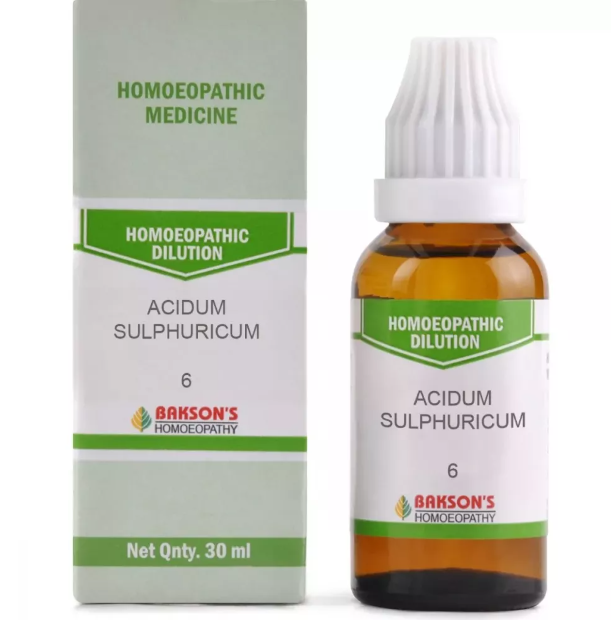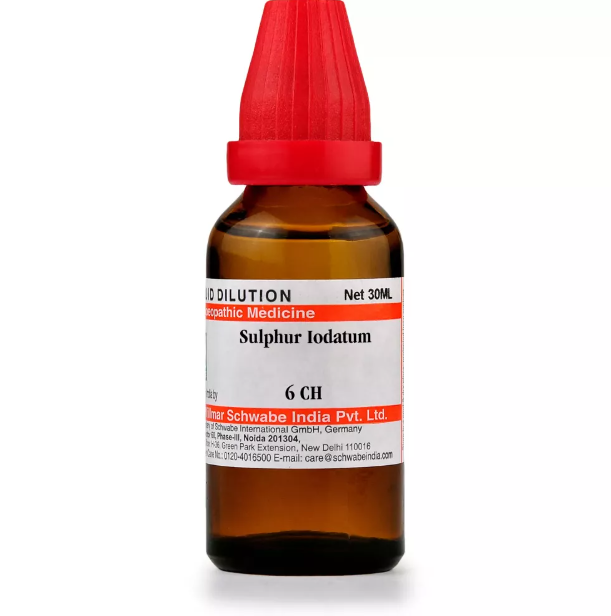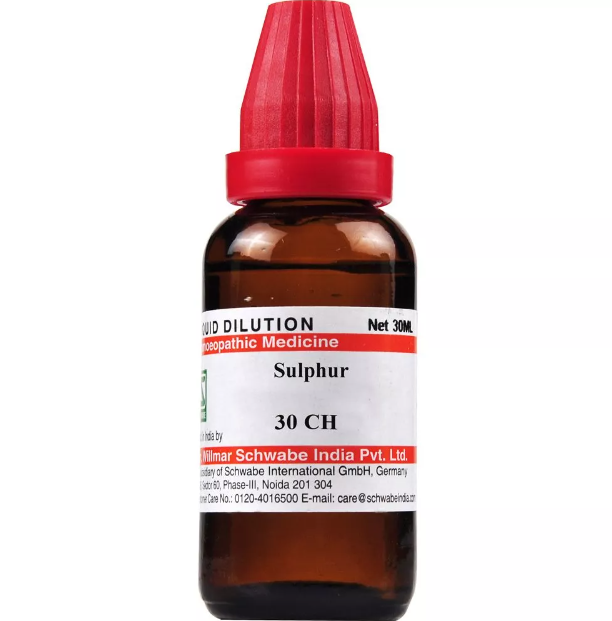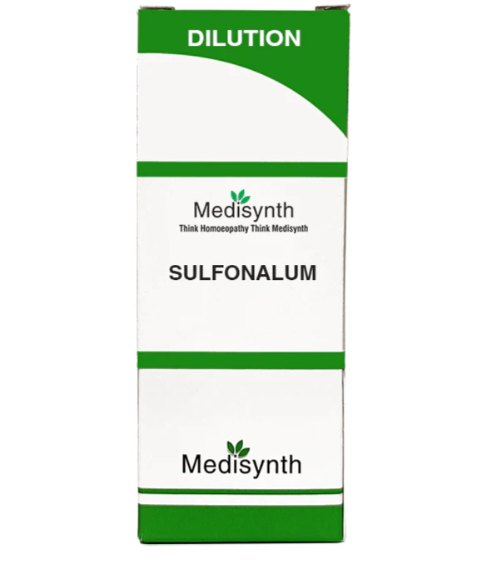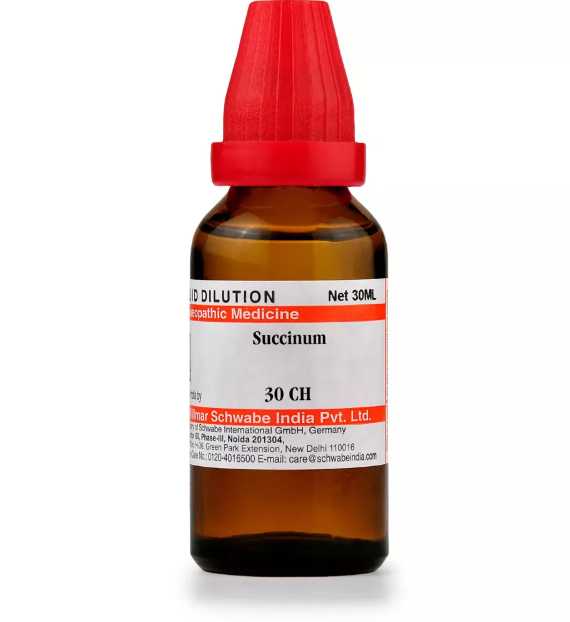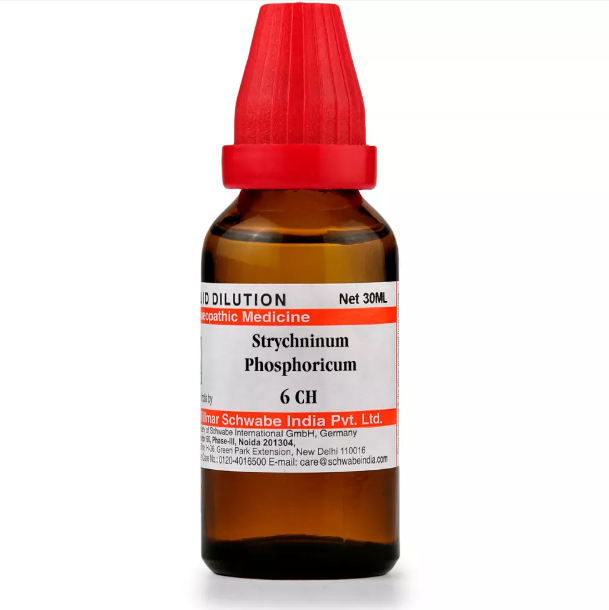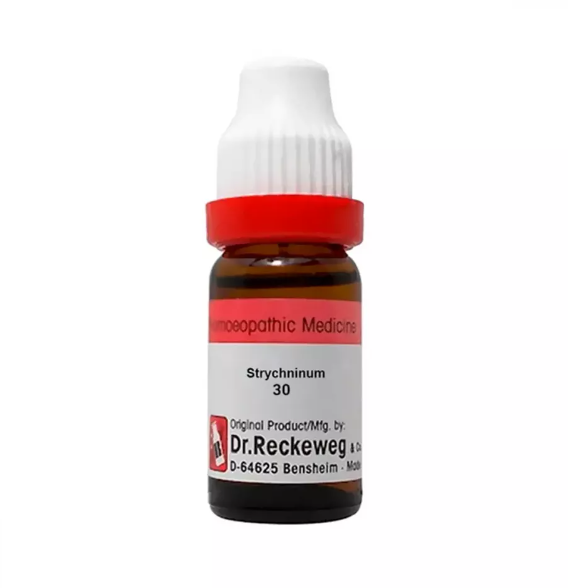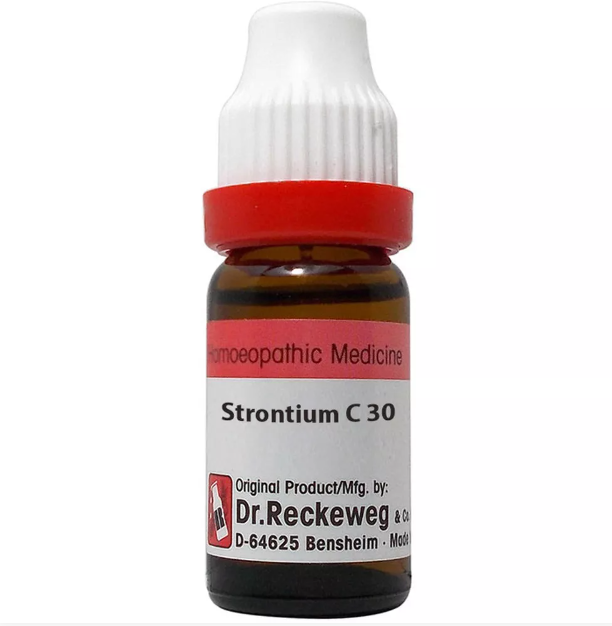SULPHURICUM ACIDUM
SULPHURICUM ACIDUM Q, 6C, 12C, 30C, 200C, 1M, 10M USES AND SYMPTOMS SULPHURICUM ACIDUM (Sulphuric Acid) Sul-ac. This acid often causes “debility” especially in the digestive system, leading to a relaxed stomach with a craving for stimulants. Symptoms include tremors, weakness, and a sense of urgency. Hot flushes are followed by sweating and trembling. There is […]
SULPHURICUM ACIDUM Read More »
